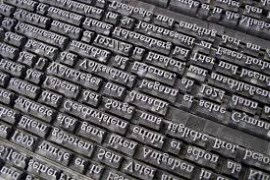Collections | Livre | Chapitre
Zur kulturellen Funktion des Leibes bei Herodot
pp. 167-187
Résumé
Herodotus' Histories are the most extensive oeuvre in Pre-Platonic Greek literature. The first four books contain significant information about the foreign peoples of Scythia, Babylonia, Egypt, Southern Italy and even at the fringes of the inhabited world. In these descriptions, body-related phenomena play a key role. In about fifty places statements about apparel, hairstyle, sexual practices, circumcision, hygiene as well as the manners of dealing with corpses. Only exceptionally is Herodotus interested in individual bodies. He always considers the human body as a part of a social system. The body and the bodily practices refer to social and cultural functions. Therefore, Herodotus' reflections on the body help modern readers to understand his ethnographic methods and categories. Tacit evaluations are to be found in many places, which lead to partly explicit and partly implicit judgments on whether Herodotus regards ethnic groups as barbarous rather as cultivated.
Détails de la publication
Publié dans:
Jung Matthias, Bauks Michaela, Ackermann Andreas (2016) Dem Körper eingeschrieben: Verkörperung zwischen Leiberleben und kulturellem Sinn. Dordrecht, Springer.
Pages: 167-187
DOI: 10.1007/978-3-658-10474-0_9
Citation complète:
Meyer Martin, 2016, Zur kulturellen Funktion des Leibes bei Herodot. In M. Jung, M. Bauks & A. Ackermann (Hrsg.) Dem Körper eingeschrieben (167-187). Dordrecht, Springer.










